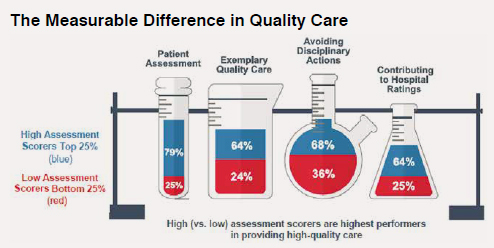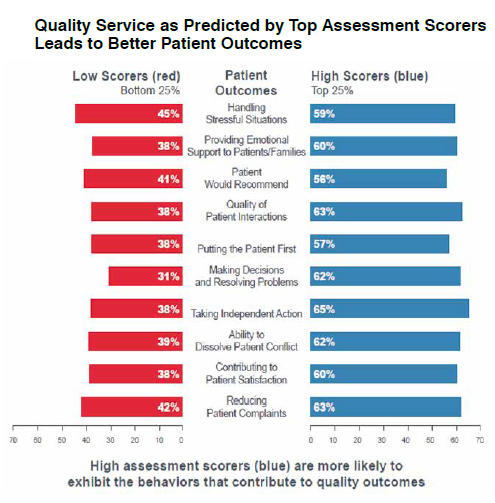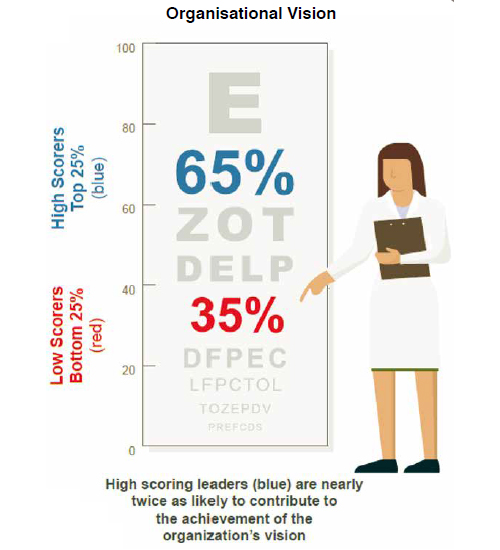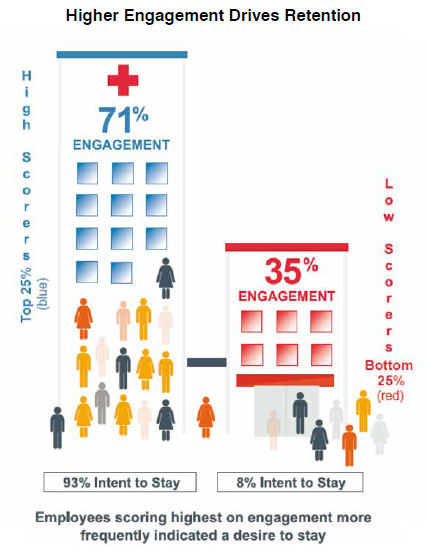
Why hiring the right talent becomes crucial especially in the health care sector dealing with critical and lifesaving decisions. What aspects should Hospitals and Healthcare Institutions should especially focus on while hiring decisions which would directly impact the reputation of the institution and why Hiring the right talent is imperative to the success of a hospital or health care institution.
Radical transformation is underway in healthcare. The industry is grappling with massive changes in areas such as regulation, competition, delivery, consumerism, technology, operations.
The accelerated speed of change leaves little room for hiring missteps. And, in healthcare, poor hiring decisions endanger not only the business, but also the patients.
For the longest time, India’s healthcare sector was fragmented and unorganised. But in the last decade or two it has witnessed some unprecedented growth. As per a recent report the Indian healthcare sector, which is worth around US$110 billion, is likely to grow at a CAGR of 23 per cent to US$280 billion by 2020.
While the hospital and diagnostic centres attracted FDI worth US$4.34 billion for the period April 2000 – March 2017 in the Union Budget, the overall health budget increased from US$5.96 billion to US$7.3 billion, which is almost 2.27 per cent of the budget.
India produces over 50,000 doctors every year, yet the doctor to patient ratio is one of the worst worldwide, at 1:1,674 ratio compared to WHO’s standard norm of 1:1,000. The scenario with nursing staff is even worse at around 13:10,000. That puts lot of pressure of Indian healthcare system.
So,while on one side the healthcare industry is facing an unprecedented growth, on the other end the system is not producing enough, which is compounded by several challenges such as brain drain, poor pay / working conditions, etc. Yet Indian healthcare shows a lot of promise. The complexity is heightened by the fact that this industry itself is going through a major shift with the growing use of technology, telemedicine, patient care standards, etc. With all these changes the race for talent is only going to get hotter.
Research is evident that “a good training program is not a substitute for poor hiring”. No amount of development can salvage a poor hiring decision. Irony is that most of the times we are only talking about developing our leaders, but in the bargain, what sometimes gets missed is to analyse the root cause which is the talent acquisition system and analyse which link are we missing.
Hence it is very critical that the healthcare sector looks at the talent selection in a more scientific way. Traditionally, talent selection has had a process that only looked for CV-specific information and an interview to understand the experience of the candidate before filling the position. But with the challenges on hand, healthcare organisations will have to think about the whole selection process a bit differently.
Here are few factors that you may want to consider while hiring the right fit for your organisation. We compiled a study from 6,086 assessment participants from healthcare systems across the continuum of care globally. These included all-level employees up through first-line leaders.
The competencies and attributes assessed were rolled up into five general categories. In each of the five categories, we compared the participants’ ratings/scores with their on-thejob performance. Approximately two-thirds of high scorers were shown to be high performers across all five categories.
Idea was to demonstrate how to identify leaders who can be safety advocates, quality care givers, have a keen orientation for Service and, highly engaged and are looked upon as Inspirational Leaders.
Healthcare professionals who ensure patient safety not only improve the experience of care, but also drives down per capitacosts. In recent years, health systems have madegreat strides in reducing the occurrence of Hospital-Acquired Conditions (HACs). These include various types of preventable infections, as well as diagnostic and medication errors.
Our report shows that top assessment scorers, for example, were twice as likely to Maintain a Safe Work Environment and more than three times as likely to Maintain Low Error Rates.
Integrated care-delivery systems need individuals who will nurture and contribute to a safety culture. At the hiring stage ensure your assessment can help differentiate candidates based on Safety Awareness and Stress Tolerance, in addition to Technical/Professional Knowledge and Skills.

Quality shapes the patient experience and impacts cost. It is commonly judged based on the Institute of Medicine (IOM) framework, which considers how safe, effective, patient-centred, timely, efficient, and equitable the care is. From the patient’s perspective, however, quality is less quantifiable and more “I know it when I see it.” Fortunately, healthcare systems need not leave patient perception—and reimbursements— to chance.
Healthcare professionals who scored highest (vs. lowest) were stronger across four quality care indicators. For example, high scorers more than twice as likely (2.7 times to Exemplify Quality Care. They were also 2.4 times more apt to demonstrate superior Patient Assessment Skills and 1.7 times more apt to Contribute to Hospital Ratings.

Service is an increasingly important differentiator for health systems. Highdeductible plans have put the power of the purse in the hands of consumers, who look to social media and patient feedback sites to guide their out-ofpocket spend.
But, unlike the average retail customer, patients are under duress. They are vulnerable. Beyond physical needs—medication, meals, vital sign monitoring, etc.—they have acute emotional needs. They are looking for reassurance, respect, and compassion.
How can health systems confidently select employees who will deliver the kind of exemplary service that can increase patient satisfaction and HCAHPS/provider scores?
High vs. low scorers on our healthcare assessments are 43 per cent more likely to be top performers in critical service predictors and outcomes, including Care Management and Patient Focus. They are also twice as likely to excel at making decisions and problem solving and have higher-level patient interactions.

The ongoing transformation of healthcare requires a new type of leader.
The rampant consolidation of entities has brought former competitors together, joined disparate cultures and disciplines, and centralised operational and strategic decision-making. As a result, health system leaders must work across silos and drive collaboration and care coordination.
Frontline leaders, in particular, must translate the organisation’s cultural imperatives for their teams.

Our assessment identifies these leaders who can build teams and strategic working relationships, drive and facilitate change, delegate authority, and coach and develop their associates to achieve high standards. In addition, leaders who scored highest on the assessment were 3.7 times more likely to drive efficiency than those scoring lowest. This is especially critical in highly matrixed environments and for controlling costs. Top scorers were also nearly twice as likely to contribute to the achievement of their organisation’s vision.

A stronger economy is increasing turnover in health systems. Demand for labor, especially nurses, has grown as more—and increasingly older—patients have been added to the insurance rolls. At the same time, the most experienced nurses are retiring in droves (2015 Survey of Registered Nurses). The tight labor supply is forcing health systems to compete for the best talent, by offering attractive wages and benefits.
Extensive research indicates that lack of engagement is compounding retention issues, negatively impacting productivity (especially when employees leave), as well as patient satisfaction and safety. It also undermines employees’ willingness to work to top of their licensure—the desired performance standard within all healthcare systems.

Fortunately, identifying engaged employees can stop being a hit-or-miss proposition. Hiring assessments can accurately ascertain if a candidate is a good fit (for healthcare and your organisation),and whether he or she will thrive and continue to contribute to the organisation. High scoring leaders prove to be approximately four times more likely to be engaged than low scoring leaders. Overall (across all assessment participants), high scorers are twice as likely to be engaged vs. low scorers.